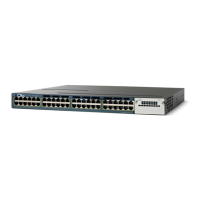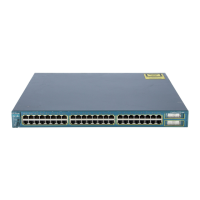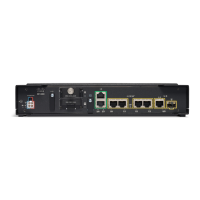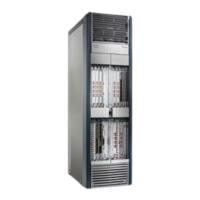1-4
Catalyst 3750-X and 3560-X Switch Software Configuration Guide
OL-25303-03
Chapter 1 Configuring LLDP, LLDP-MED, and Wired Location Service
Understanding LLDP, LLDP-MED, and Wired Location Service
When the switch determines the presence or absence of a device on a link-up or link-down event, it
obtains the client-specific information such as the MAC address, IP address, and username. If the client
is LLDP-MED- or CDP-capable, the switch obtains the serial number and UDI through the LLDP-MED
location TLV or CDP.
Depending on the device capabilities, the switch obtains this client information at link up:
• Slot and port specified in port connection
• MAC address specified in the client MAC address
• IP address specified in port connection
• 802.1X username if applicable
• Device category is specified as a wired station
• State is specified as new
• Serial number, UDI
• Model number
• Time in seconds since the switch detected the association
Depending on the device capabilities, the switch obtains this client information at link down:
• Slot and port that was disconnected
• MAC address
• IP address
• 802.1X username if applicable
• Device category is specified as a wired station
• State is specified as delete
• Serial number, UDI
• Time in seconds since the switch detected the disassociation
When the switch shuts down, it sends an attachment notification with the state delete and the IP address
before closing the NMSP connection to the MSE. The MSE interprets this notification as disassociation
for all the wired clients associated with the switch.
If you change a location address on the switch, the switch sends an NMSP location notification message
that identifies the affected ports and the changed address information.

